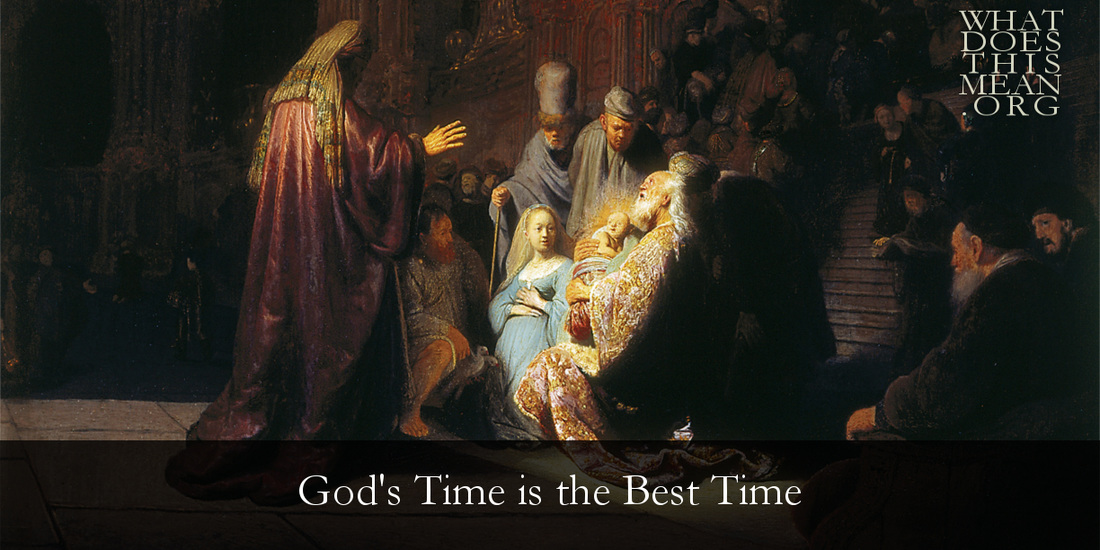for precious in the sight of the Lord is the death of his saints.
-- Apostolic Constitutions VI:30
God’s time is the best of all.
In Him we live, and move, and have our being [Acts 17:28]
for as long as He wills it.
In Him we die at the time appointed, whenever He wills.
Arioso (tenor)
Ah, Lord, teach us to number our days,
That we may apply our hearts unto wisdom. Psalm 90:12
Aria (bass)
Set thine house in order:
For thou shalt live and not die. Isaiah 38:1
Chorus with Arioso (soprano)
It is the old oath—Man, thou art to die! Eccl. 14:18
Even so, come, Lord Jesus! Rev. 22:20
The opening chorus, adapted from Acts 17:28, proclaims the good news that God alone has numbered our days and will let us know the end. Listen for the contrast between “In Him we live,” set to a lively, triple meter, and the more chromatic approach to the words, “In Him we die.” The tenor arioso (i.e., a short solo section) turns the thoughts of the hearers toward God (listen for the pleading cry, “Ach, Herr!” = Ah, Lord!). The bass aria from Isaiah calls the hearers to repentance in a minor key using stately triple meter, coupled with urgent 8th notes in the recorders.
The chorus with soprano arioso is the central movement of the work and perhaps one of the best juxtapositions of Law and Gospel in the entire Baroque repertoire. Depicting the Law, the lower three voices of the chorus proclaim the ancient covenant “Man thou art to die” in a fugue in which each voice enters in exact imitation of the previous voice. Here the strict demands of the Law are depicted in a minor key with chromatic voice leading. And yet, floating seamlessly over the three-fold proclamation of the Law, is the eschatological plea of the soprano: “Even so, come, Lord Jesus” (Ja, komm, Herr Jesu!), set in a major key with large melodic leaps. The demands of the Law and the consolation of the Gospel exist side by side for a while, singing in dialectical tension. But eventually the demands of the Law fade away (as shown by the fading instruments), leaving the unsupported soprano voice with her eschatological cry, before fading away in a fragile arabesque. The Gospel has fulfilled the demands of the Law. A fermata over a bar of rest is a brilliant use of silence at the mid-point of the work, as if to invite the hearers to contemplate their own death in light of Jesus’ promise of eternal life.
Into Thy hands I commend my spirit;
For Thou hast delivered me,
Lord, mine own true God. Psalm 31:5
Arioso (bass) with Chorale (altos)
Today shalt thou be with me in paradise. Luke 23:43
In peace and joy I now depart / Since God so wills it. [Luke 2:29]
Serene and confident my heart; stillness fills it.
For the Lord has promised me / That death is but a slumber. Martin Luther
The countertenor (i.e., a male who sings in the alto range or higher) sings a tender aria on the words of the Psalmist, “Into thy hands I commend my spirit,” words central to the death of Jesus and also the death of Stephen. This prayer for the final consummation of the Gospel for the penitent is answered by the bass arioso in the words of Christ Himself, “Today shalt thou be with me in paradise.”
Overlapping with the words of Christ (listen for the repetition of the word Paradies) is the first stanza of Luther’s Nunc Dimittis hymn, “In Peace and Joy I Now Depart.” Hearers familiar with Luther’s hymn would probably think of all four stanzas, perhaps most notably stanza 2:
Christ Jesus brought this gift to me,
My faithful Savior,
Whom You have made my eyes to see
By your favor.
Now I know He is my life,
My friend when I am dying (LSB 938.2).
The final stanza of the hymn, “In Thee, Lord, have I Put My Trust” (TLH 524.7) lifts a high doxology to the Trinity for Jesus’ victory over death and the grave:
Praise and glory, blessing, honor to Thee,
O Lord, both Father and Son
And the Name of the Holy Spirit!
The divine power gives us victory
Through Jesus Christ. Amen. Adam Reusner
Readers of this column probably remember two recent icons of the art of dying: Brittany Maynard (1984--2014) and Maggie Karner (1963--2015). Recall that both women were diagnosed with terminal forms of brain cancer. Mrs. Maynard, a young bride still in her twenties, chose to take her own life through physician-assisted suicide. Mrs. Karner, a Lutheran leader in the sanctity of life movement, sent a video message to Brittany on why she was not going to take her own life. She also wrote an article appropriately entitled, “Brain Cancer Will Likely Kill Me, But There’s No Way I’ll Kill Myself” (The Federalist, 10/10/14 ). Mrs. Karner said, “The worst thing [about my battle with cancer] would be losing my faith, refusing to trust in God’s purpose in my life and trying to grab that control myself” (TheFederalist.com, 10/10/14; accessed 1/8/16).
These contrasting approaches to the art of dying remind us that we mere mortals dare not choose the date of our own death, for we poor sinners make second-rate gods. Rather, those who believe and are baptized can depart in peace in God’s good time, trusting in His promise to bring us through death and the grave to the resurrection of the body and the life everlasting. Perhaps Luther put it best: “The voice of the Law terrifies because it dins into the ears of smug sinners the theme: ‘In the midst of earthly life, snares of death surround us.’ But the voice of the Gospel cheers the terrified sinner with its song: ‘In the midst of certain death, life in Christ is ours’” (LW AE 13:83).



 RSS Feed
RSS Feed
